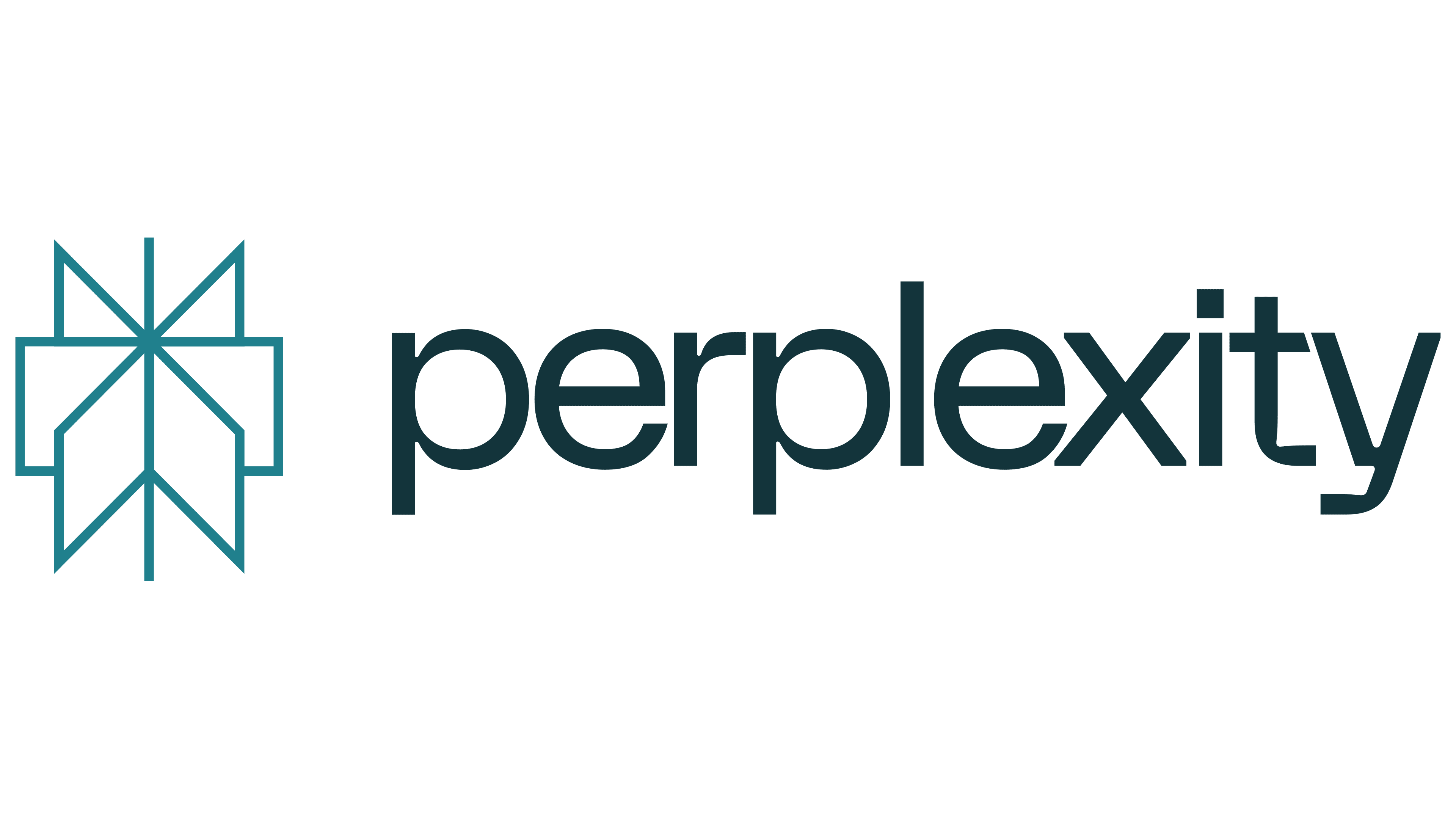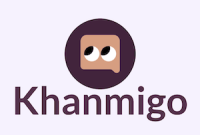What is Artificial Intelligence? Beginner to Advanced Concepts
Artificial Intelligence Deep Learning General AI Machine Learning Narrow AI NLP Robotics Super AI🧠 What is Artificial Intelligence? Beginner to Advanced Concepts
Artificial Intelligence, simply (AI) changes the world in new era. As you see the recommendation from to see on Netflix or in the Youtube or any website like amazon or you talk with the virtual assistants from your smartphone. You know what is AI but you exactly don't know.
In this article we will go throught all essential concepts of AI in very simple way, we not only explore the types of it but also give you proper understanding how AI will impact your life in future.
🤖 Understanding Artificial Intelligence
Artifcial Intelligence (AI) means doing such task that requires human intelligece that computer or machine to perform these all task, that could be from resoning , recongnizing patterns, and making decision from its past.
In simpler words, Ai is teaching to computer to act as the human being.
The idea for this isn't new. It was very old idea where dates 1950s When scientists like Alan Turing and John McCarthy both of them was workin on the possibility of computer that it can "think".
⚙️ How Does AI Work?
Ai System work to process large amount of data, and then indetifying patterns and use that patterns to make the predications or decisions for it best result.
let's break it step-by-step:
-
Data Collection:We can teach AI from data, the large amount of data it has the it will gets. For Example if you are teaching AI to reconginize cats, so you can feed it thousands of images of cats in it.
-
Training the Model:AI uses different algorithms to find the patterns in the data. Over time it learn by differennt animals to distinguish cats from other.
-
Making Predictions:
Once you trained the AI it can analyze the new images and predict whether it contain cat or not. - Continuous Learning:AI systems over time improve its capabilities for analyzing and recognizing and reasoning by experience they get time by time. The more feedback they get the better they will perform and giving you the accurate prediction
🧩 Types of Artificial Intelligence
Three main types based on capability and functionality:
1. Narrow AI (Weak AI)
Nowadays, we commonly use this AI.
Narrow AI is used for specific tasks — like the voice assistant like Siri, Alexa and the recommendation system of Youtube as well.
They are just smart in their domain outside they don't do anything.
Examples:
-
Chatbots that answer the questions that asked by the users.
-
Google Translator, translates the languages from one another.
-
In social media you even see the image recognization system.
2. General AI (Strong AI)
3. Superintelligent AI
This is just theoretical this AI will be super intelligence AI.
Most Powerful AI
The most Powerful AI in 2025 is OpenAI's GPT-5, because of its advanced natural language processing and intelligence capabilities.
- solve complex problems with its advanced reasoning ability.
- It understands context better and responds with accuracy.
- multimodel capability, it processes and generates the images, videos and audios.
Artificial Intelligence (AI) used for
- In Automation to perform repititative tasks faster and accurate so we use the (like in the manufacturing, data entry and for customer services or any other)
- Finance for detect the fraud, in the stock market prediction, in banking services.
- E-commerce, here it is used to recommend products to the customers and improve the customer experience also used for manage inventory.
- Education tools like chatgpt and gemini and othere used for the education purpose, and also for teacher there are other tools for automated grading score.
Is AI good or bad?
AI Good if,
- AI can give you respose faster then human.
- It summarize the large amount of data and give you the accurate response.
- It helps you to find the problem.
AI Bad if,
- If you use it for hacking.
- It is bad if you are using to for black mailing someone for creating its deepfake pictures or videos.
- More use of AI is bad then you can think by yourself.
Advantages of AI
- Problem solving, AI can assist you in every aspect whether it is tech, industricial, agriculture or even it helps in research in climate change, disaster mangement.
- Main advantage of AI is that it is availble 24/7 when you are available you can used it for any kind of issue or problem you have.
- The misuse of AI can be harmful for mankind.
- Overrelience on AI can paralyze you will be depend on AI.
What is future of AI?
Q1). What is AI? AI in simple words.
Q2). Types of Artificial Intelligence.
Q3). What is the most Powerful AI?
Q4). Who invented AI?
Q5). What is AI in computer?
Q6). Advantages and disadvantages of AI.
Q7). What is AI used for?
Q8). Is AI good or bad?
Q9). What is the future of AI?
















